Contents
Melon is one of the favorite treats during the end of summer and the beginning of autumn. Juicy, sweet, incredibly fragrant, this beauty will decorate any table and become an addition or main ingredient of the most exquisite dishes. To date, there are about 1600 varieties of this melon culture, each of which has its own taste, size, shape. The heroine of our article today is the Turkmen melon.
As you know, all types of melons of this truly wonderful and healthy product are united by a love for heat, dryness and dislike for a lot of water. It is not surprising that it is in the southern regions and in the East that the most delicious, sweet, literally ideal representatives of culture grow.
Variety description
“Turkmenskaya” is a generalized term that modern gardeners and melon growers use in relation to melons, as well as they say “Uzbek”, thus combining several varieties characteristic of this region.
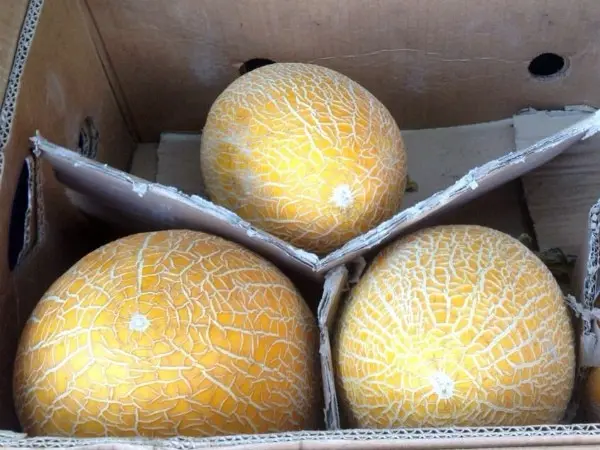
In fact, the varieties that Asia offers us, and Turkmenistan in particular, are over 400 varieties. And they are divided into four groups, which consist of representatives that differ in the speed of ripening and the periods when the harvest occurs:
- In the first group there are early maturing varieties that reach maturity in 70 days maximum. These include Mazy, Ternek, Zamy. They are characterized by juiciness and tenderness of the pulp, medium sweetness (up to 15% sugar) and a pronounced aroma.
- The second group includes mid-season varieties that ripen from 75 to 100 days. Such melons are dense, crispy and juicy, slightly sweeter than the representatives of the first group. The pulp of these varieties contains up to 18% sugar.
- The third group is also mid-ripening varieties, the beginning of ripening of which falls on the 95th day. Such varieties are characterized by viscous, juicy and very sweet pulp and are stored for quite a long time. It is these gourds that are used for cooking melon honey, dried and preserved.
- The most late-ripening – varieties of the fourth group. They ripen up to 120 days and grow incredibly large. Of course, they are not as juicy and aromatic as earlier melons. The amount of sugar in the representatives of this group reaches a maximum of 16%, the aroma is much less pronounced than in summer and early autumn fruits. But it is impossible not to appreciate these varieties at their true worth. It is they who become a juicy alternative to summer delicacies in the winter cold.
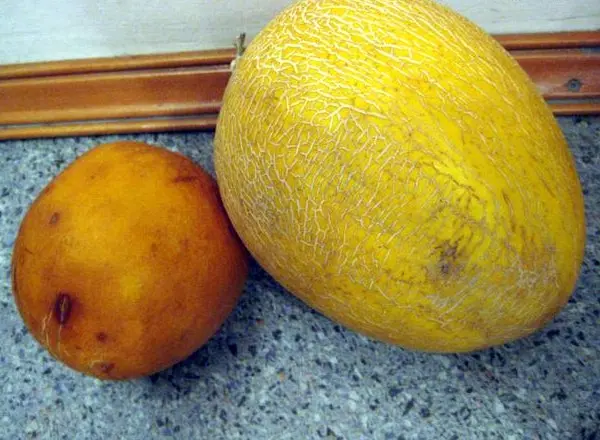
The Turkmenka belongs to the fourth group. It rarely grows larger than average size, tolerates low temperatures well. And when ripe by mid-autumn, it pleases with its sweetness and a subtle, fresh smell. Her pumpkins are medium in size, the peel is rich green in color with a mesh of coarse fibers. As the melon ripens, the mesh deepens, as if growing into the pumpkin, and turns dark brown.
Useful Properties
Turkmenka – melon is not only tasty, but also extremely healthy. It contains a huge amount of useful substances: vitamins C, B, E, B6, B1, B2, B15, PP, a large amount of phosphorus, iron, copper, magnesium, carbohydrates, proteins and a number of acids useful for organisms, for example, citric and malic.
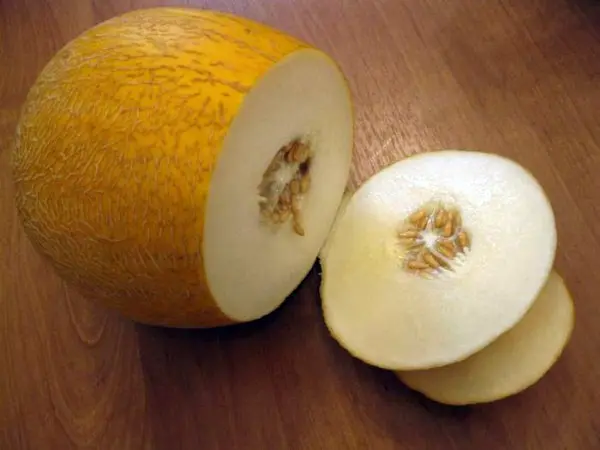
Since people have mastered and cultivated melon, it has been used to treat blood vessels and blood, the digestive system and kidneys, and has been used as a diuretic. Among other things, the substances contained in pumpkin pulp have a beneficial effect on the condition of hair and skin, strengthen the immune system, support the nervous system and cleanse the intestines. Traditional medicine suggests applying melon pulp to bruises, bruises and abscesses, treating coughs and making compresses for bronchitis.
Peculiarities of growing
Despite the name and origin, Turkmenka perfectly withstands low temperatures, which makes it suitable for growing not only in the sultry southern regions, but also in the harsh climate of Siberia. Due to the fact that melons ripen in mid-September, seedlings are planted, and not seeds, in open ground.
In cold regions, after planting, the beds are covered with a film to protect against sudden frosts and keep moisture in the bed longer. It is quite convenient to use collapsible greenhouses, because after the appearance of 2-3 real leaves, shelter is no longer needed.
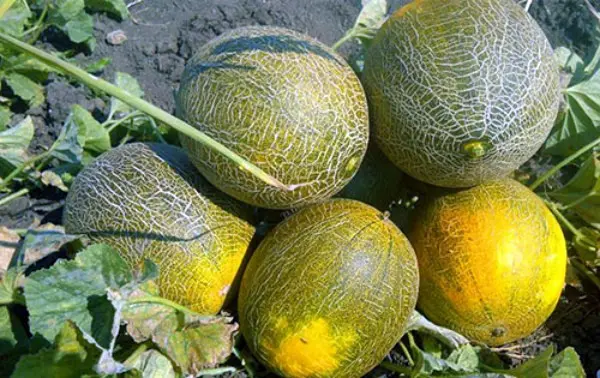
In the process of growing fruits, they are often tied up to protect the fruits from spoilage, but in this case it is best to put something under the pumpkins so that they do not fall from the bush.
Also, after the appearance of the fourth or fifth true leaf, the melon must be properly stepped and shaped. To do this, remove the apical bud to stimulate the development of lateral stems. The main stem is usually tied to a trellis or run over a garden net, and the lateral shoots are regularly pinched if ovaries appear on them, or completely removed if ovaries do not appear. Sections must be treated with coal or lime to prevent infections from getting inside the plant.
Care
As is the case with many other varieties, the galaxy of Turkmen melons needs careful care, which primarily concerns watering. Try to build such a watering schedule so that the earth is moistened for a long time, but at the same time water does not accumulate in holes or aisles.
Stagnant water is one of the main reasons for the decrease in the quantity and quality of fruits formed on the bush.
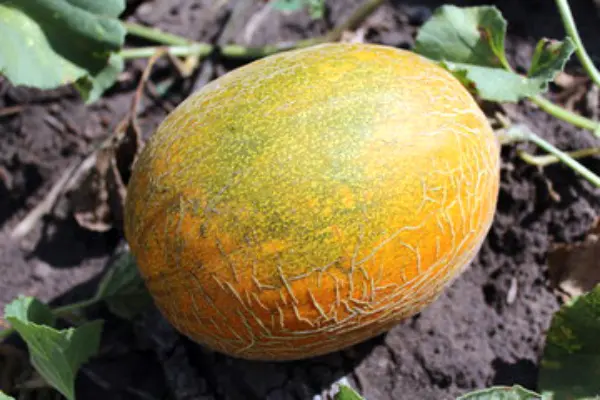
Of course, it is impossible to do without loosening the soil, but this must be done very carefully so as not to damage the roots. But weeds do not need to be delayed, as it is better to remove them in the early stages, before they shed their seeds and hide your melons in the thickets.
Good vegetation and fruiting melon will provide top dressing with a mineral and organic composition. So, for example, before flowering, mullein, nitrogen and potassium must be added to the ground in order to ensure the stable and active development of the plant. During the period of fruit formation and fruiting, saltpeter, infusion of mullein or bird droppings, as well as potassium and calcium, must be added. You can also fertilize with a yeast solution every one and a half weeks.
It would not be superfluous to carry out preventive treatment of the site with fungicides and insecticides before planting and during the growth of melons. You can use the drugs “Ridomil Gold” and “Kvadris 250”.
Video “Melon from the garden”
Look what a beautiful and tasty melon has grown in the garden.









